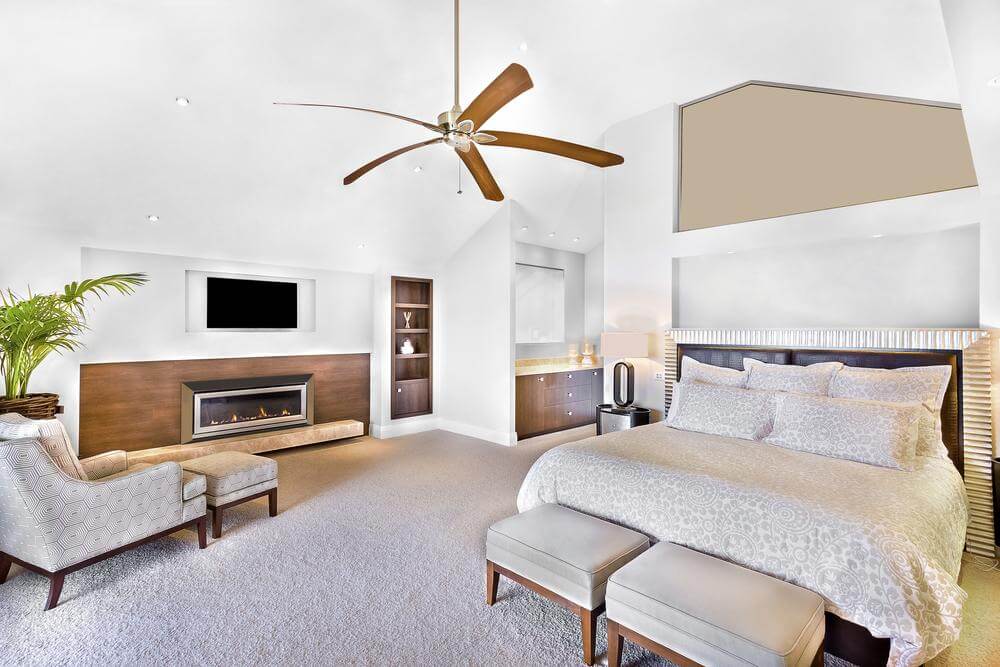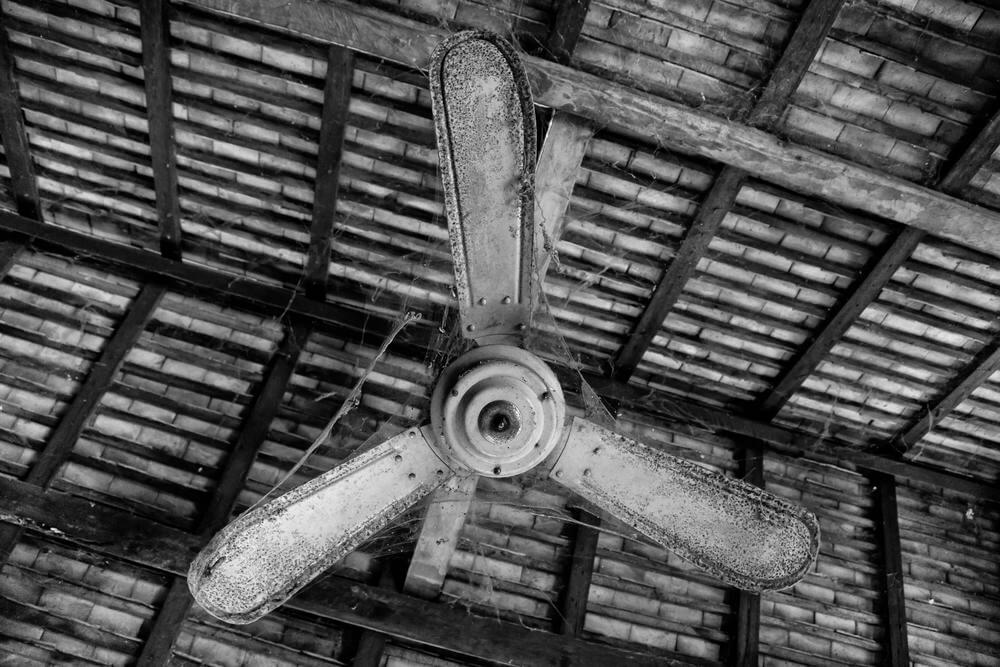According to the U.S. Department of Energy, roughly 60 percent of American households have at least one ceiling fan installed. Ceiling fans are incredible tools for maintaining a stable air temperature; though the fixtures do not directly heat or cool the air, as furnaces or A/Cs do, they work in partnership with these tools as well as the body’s natural temperature control system to make a space feel comfortable. Studies show that ceiling fans can alter the perceived temperature of a space by up to four degrees without radically changing energy consumption of a home, which means Americans with ceiling fans can keep their energy costs low without compromising on comfort.
Despite being such a useful fixture in the home, the ceiling fan is not as accepted in areas outside the U.S. In fact, South Koreans have one of the most surprising beliefs about ceiling fans in the home — and many ceiling fan users are beginning to wonder if it is true.
The Phenomenon of Fan Death
Many Koreans believe — either consciously or subconsciously — that ceiling fans can kill. There is a pervasive belief in Korean culture that anyone sleeping in a closed room with a running ceiling fan has radically higher chances of death than if they had turned the ceiling fan off before having a snooze. There are many reported incidents of Koreans found dead in their beds with ceiling fans (and other fans) pointed directly at them.
There are many reasons offered to support this belief. Because metabolism and body temperature drops slightly during sleep, some Koreans believe that the additional cooling effect of a ceiling fan causes the body to suffer hypothermia and freeze to death. Another potential cause of fan-related deaths might be carbon dioxide intoxication, as the exhaled CO2 of a sleeper may accumulate in a poorly ventilated space and the fan causes the poison gas to build up and suffocate the sleeper. Some even more outrageous claims include that ceiling fans chop up air, making it impossible to breathe, and that fans suck moisture from bodies, desiccating victims as they sleep.
The Korean belief in fan death is so common that in 2006, the Korean Consumer Protection Board issued a consumer safety alert, indicating that death from electric fans is one of Korea’s top five recurring accidents during the summer season. So, is the Korean fear of ceiling fans founded in fact, and should Americans ditch their ceiling fans in the name of safety?
The Truth About Ceiling Fans and Sleep
The quick and accurate answer is: no. Ceiling fans are not only safe household appliances, but they are remarkably useful in reducing home energy consumption while keeping both interior and exterior spaces comfortable year-round. As mentioned above, ceiling fans can reduce the perceived temperature of a space by up to 4 degrees Fahrenheit, which could amount to tens of thousands of dollars of energy savings over the lifetime of a fan.
Contrary to Korean belief, some studies suggest that sleeping with a fan is healthier than sleeping in a closed room with still air. In fact, infants and toddlers receive such a benefit from sleeping with a running fan that doctors recommend parents of young kids install ceiling fans in all bedrooms to reduce the risk of SIDS.
 Of course, there are a few potential dangers associated with ceiling fans — but almost all of them are the result of a fan that was improperly installed. For example, ceiling fans that are not properly braced might fall from the ceiling, causing injuries. Ceiling fans, as electrical appliances, might cause electrical shocks or fires if the wiring is not appropriately connected.
Of course, there are a few potential dangers associated with ceiling fans — but almost all of them are the result of a fan that was improperly installed. For example, ceiling fans that are not properly braced might fall from the ceiling, causing injuries. Ceiling fans, as electrical appliances, might cause electrical shocks or fires if the wiring is not appropriately connected.
The only risk of ceiling fan use that comes close to the Korean phenomenon of fan death is when ceiling fans are used in poorly ventilated environments that are above 99 degrees Fahrenheit. At such high temperatures, the cooling effect of the fan serves to exacerbate dehydration, as the body’s sweat is constantly wicked away by the circulating air. As a result, individuals may experience greater heat stress, especially if they are not rehydrating regularly.
Difficult cultures develop different beliefs for different reasons. Fortunately, Americans can enjoy their ceiling fans into the future — and perhaps Koreans will come around eventually.

